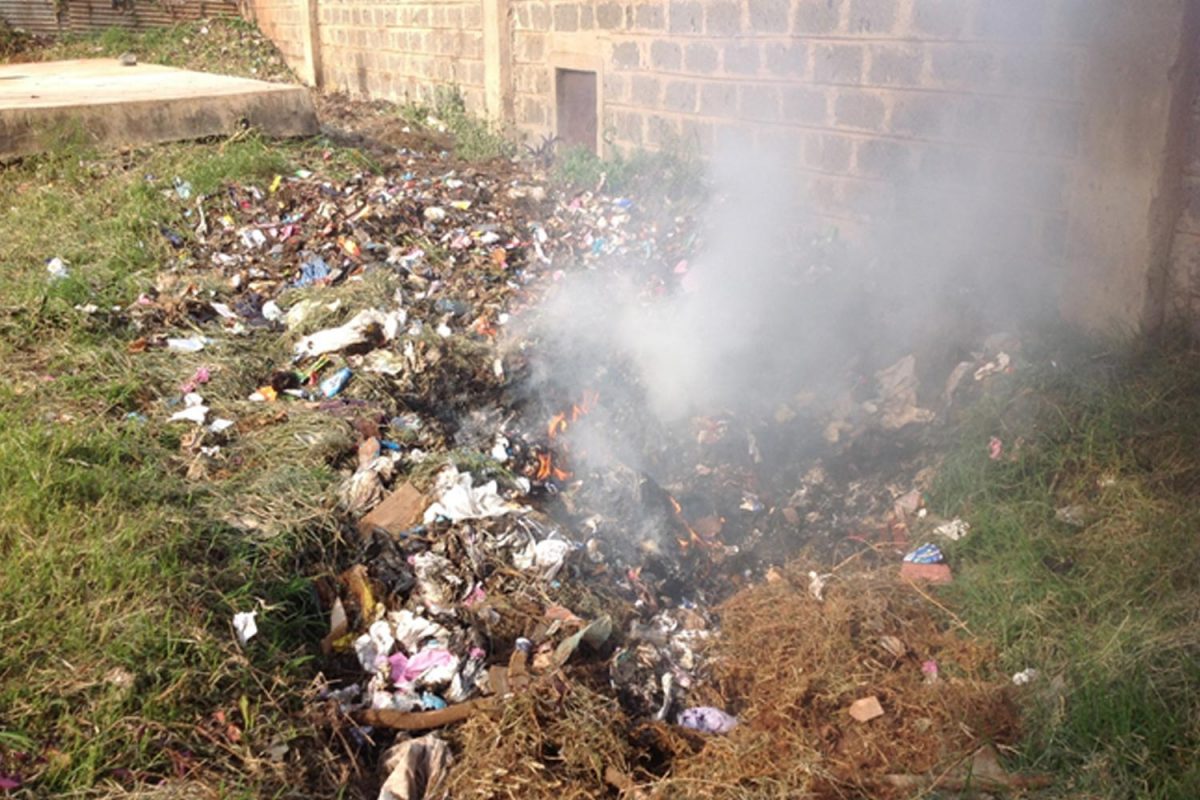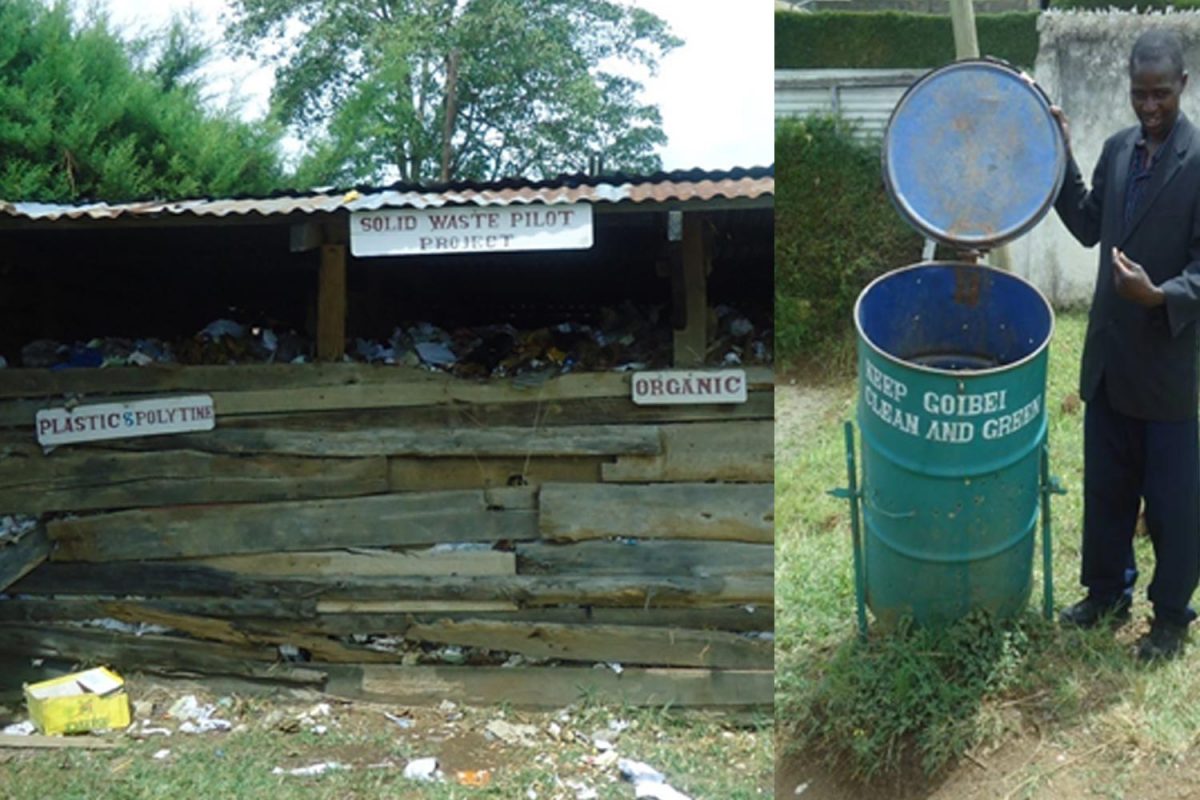From age 5 to 18 years, a child spends 5 to 8 hours per weekday in school for 9 months in the year (9 months out of the year in the case of boarding schools). Schools provide future foundations for our communities and are, therefore, the perfect venue to instill positive influences and best practices in children.
The Green School Project’s primary objective is to model schools around SDG 11 (Sustainable Communities) instilling principles of sustainable living and zero waste approaches in learners. The Project has been in operation in Kenya for over a decade with at least 53 schools enrolled as participants.
Schools – the perfect vision board for the future
There are 6000 girls schools in Kenya with a population of over 6 million learners. Each school accommodates between 750 to 1200 students who spend at least 9 months out of the year together in a confined space.
Over 90% of schools have no access to sewer lines or solid waste collection services and resort to on-site/off-grid sanitation solutions (cess pits, latrines, septic tanks) for waste water and open burn pits for their solid waste. The result?
Someday the earth will weep, she will beg for her life, she will cry with tears of blood. You will make a choice, if you will help her or let her die, and when she dies you too will die
Hollow Horn Bear (1850 - 1913)
Chief Speaker for the Lakota Native American Community

Most schools designate secluded spots within their compounds for dumping and burning of solid waste

Structural failure of latrines is common in schools – improper use (especially dumping of inorganic waste such as sanitary waste) is a common contributor to structural failure of on-site sanitation structures
Launched in 2013, the Green Schools Project imparts knowledge and builds capacity for sustainable waste management to schools, assisting them to implementing Zero Waste approaches to management of waste water and solid waste – thus transforming a learning institution into a sustainable community.
As young minds are molded into future productive citizens, it is imperative that we ingrain Zero waste principles and practices in future generations to make them effective custodians/managers of the environment.

Old generation incinerators (see left) suffer inefficient and smoky.
New generation two-stage combustion sanitary waste disposal units (see right) reduce solid waste by up to 85% of its original volume producing inert ash for safe landfilling

Limuru Girls School adopted zero waste principles to managing their solid waste.
<- This photos illustrates their segregation and recycling approaches to solid waste management

